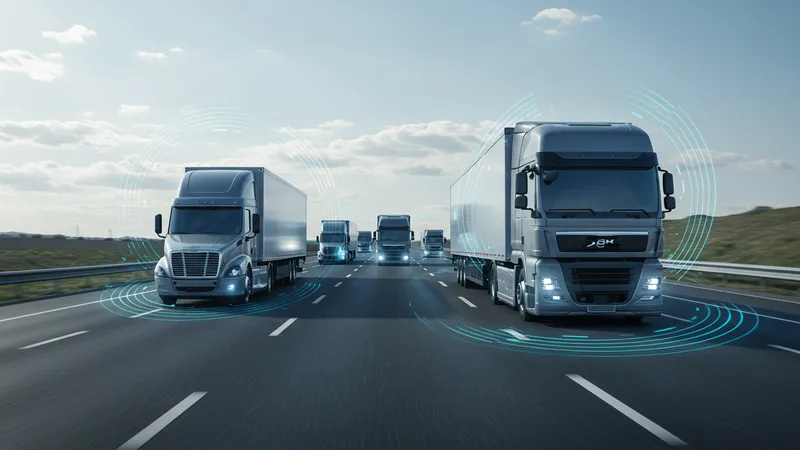
Fleet Management Approaches For Optimal Transport Efficiency
The Future: Autonomous Vehicles in Fleet Management
Autonomous vehicles are no longer science fiction but a tangible future for fleet management. Pilot programs with self-driving trucks suggest reductions in overall transport costs by over 25%, thanks to continuous operation capabilities and efficiency of automated systems.

Though fully autonomous fleets are yet to become a reality, many vehicles already feature advanced driver-assistance systems (ADAS) that substantially enhance safety by detecting hazards and minimizing human error.
Experts predict a mixed fleet model, where semi-autonomous capabilities are initially integrated within traditional vehicles to navigate cities while full autonomy is trialed on less complex routes. This hybrid approach eases the transition into widespread autonomous fleet management.
The potential of this shift is staggering, with promises of improved safety records, drastic cost reductions, and unparalleled efficiency. Yet, the journey to full autonomy is fraught with challenges that demand exploration.